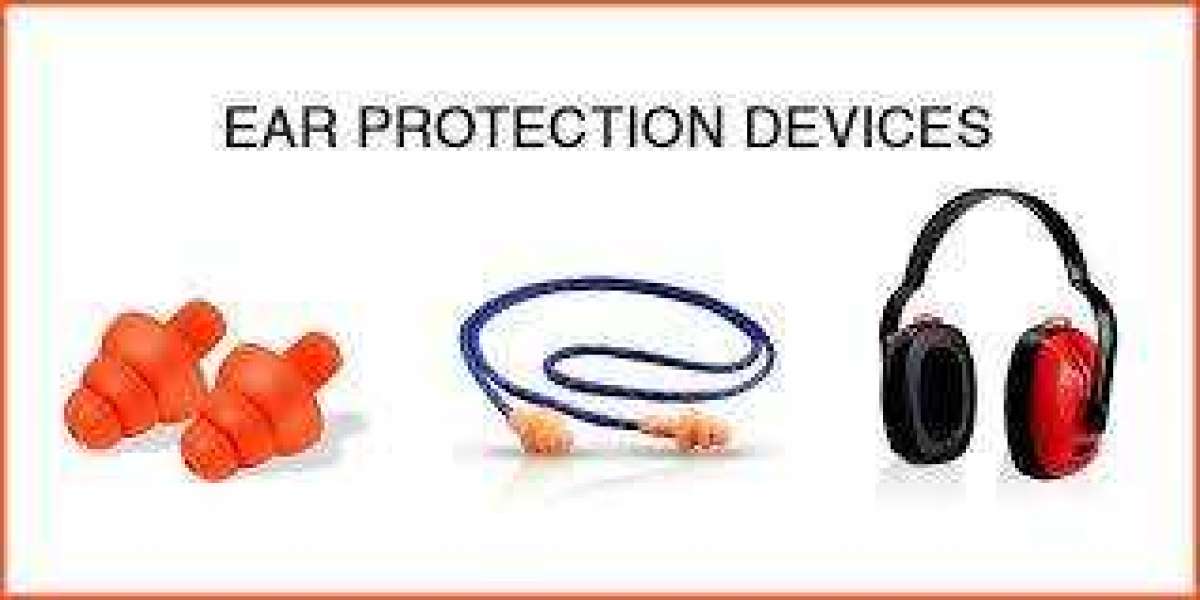What Are Hearing Aids?
Hearing aids are medical devices prescribed and programmed by licensed audiologists to address various types and levels of hearing loss. They are highly customizable and often include advanced features like noise reduction, directional microphones, and Bluetooth connectivity. Hearing aids work by amplifying specific frequencies of sound based on the user’s unique hearing profile, which is determined by a professional hearing test.
Key Features of Hearing Aids:
- Customized Sound Profiles: Tailored to the individual’s hearing loss pattern.
- Background Noise Reduction: Advanced algorithms reduce ambient noise for clearer hearing.
- Multiple Listening Programs: Settings can be adjusted for various environments like conversations, outdoor spaces, and concerts.
- Feedback Cancellation: Reduces the likelihood of whistling or feedback.
- Connectivity Options: Many hearing aids connect to smartphones or other devices for direct streaming.
What Are Hearing Amplifiers?
Hearing amplifiers, also known as personal sound amplification products (PSAPs), are non-prescription devices designed to amplify sound for people without diagnosed hearing loss. They are intended for use in situations where sounds are challenging to hear, such as when watching television, hunting, or listening in a quiet environment.
Key Features of Hearing Amplifiers:
- General Sound Amplification: Amplify all sounds equally rather than specific frequencies.
- Affordable Pricing: Less expensive than hearing aids.
- No Prescription Needed: Easily accessible and do not require a medical consultation.
- Basic Features: Few customization options; amplify sound in a generalized way.
- Limited Noise Reduction: Basic models may amplify background noise as much as they do voices.
Comparing Hearing Aids and Hearing Amplifiers
| Feature | Hearing Aids | Hearing Amplifiers |
|---|---|---|
| Purpose | Treat diagnosed hearing loss | Amplify sounds for situational use |
| Prescription Required | Yes | No |
| Customization | Highly customizable | Minimal customization |
| Noise Reduction | Advanced noise reduction tech | Minimal or none |
| Cost | Higher (typically $1,000–$6,000) | Lower (typically $20–$500) |
| Warranty Support | Often comes with warranty | Limited or no warranty |
Major Differences Between Hearing Amplifiers and Hearing Aids
1. Medical Purpose and Prescription Requirement
- Hearing Aids: Classified as medical devices by the FDA, hearing aids require a professional fitting and are tailored to address specific levels of hearing loss.
- Hearing Amplifiers: PSAPs are not regulated as medical devices, meaning they do not require a prescription and are not customized to treat hearing loss. They are designed for people who have no hearing impairment but may need sound amplification in particular settings.
2. Sound Amplification and Customization
- Hearing Aids: Amplify targeted frequencies based on a user’s unique hearing loss. They are programmable and can adjust to different settings, like crowded areas or quiet rooms.
- Hearing Amplifiers: Amplify all sounds equally. This is fine for enhancing sounds in situations like hunting or watching TV, but it lacks the precision of a hearing aid. Background noise can interfere with sound quality since amplifiers lack the sophisticated noise reduction features of hearing aids.
3. Cost and Accessibility
- Hearing Aids: The customization and technology involved make hearing aids more expensive, typically ranging from $1,000 to $6,000. However, they provide a tailored solution for those with diagnosed hearing loss.
- Hearing Amplifiers: Much more affordable, with prices usually between $20 and $500. They are readily available online and in stores without any medical requirement.
4. Technological Features and Advanced Functions
- Hearing Aids: Many hearing aids include advanced technology like Bluetooth streaming, rechargeability, directional microphones, and the ability to switch between different listening environments. High-end models can even connect to smartphones for adjustments on the go.
- Hearing Amplifiers: Basic amplifiers may not have connectivity or directional microphones, though some premium models are incorporating limited features such as basic Bluetooth and volume controls.
5. Longevity and Support
- Hearing Aids: Typically come with a warranty and are supported by licensed audiologists, who can adjust and repair devices as needed.
- Hearing Amplifiers: Warranties and customer support are limited. Amplifiers generally do not come with professional support or the option for precise adjustments.
Who Should Use Hearing Aids?
Hearing aids are best suited for people who have been diagnosed with hearing loss and require a personalized device that enhances their hearing in various environments. If you struggle with hearing in day-to-day situations, consult an audiologist for a hearing test to determine if hearing aids are the right solution for you.
Who Should Use Hearing Amplifiers?
Hearing amplifiers are ideal for individuals who do not have hearing loss but need help hearing in certain situations. For example, hunters, bird watchers, or people who want to amplify sound while watching TV or attending lectures may find amplifiers helpful.
FAQs About Hearing Aids and Hearing Amplifiers
1. Can hearing amplifiers cause hearing damage?
Yes, hearing amplifiers can damage hearing if used improperly. Because they amplify all sounds without distinguishing frequencies, prolonged or high-volume use may contribute to hearing loss.
2. Are hearing amplifiers covered by insurance?
No, hearing amplifiers are not covered by insurance because they are not considered medical devices.
3. How do I know if I need a hearing aid or amplifier?
If you experience persistent trouble hearing in normal environments, consult a hearing specialist. A hearing test can determine if a hearing aid is necessary. If you only need amplification in certain scenarios, a hearing amplifier may suffice.
4. Can I buy a hearing aid without a prescription?
Yes, some over-the-counter hearing aids are now available. These are for individuals with mild to moderate hearing loss and don’t require a prescription, but they lack the customization options of traditional hearing aids.
Conclusion
Both hearing aids and hearing amplifiers play valuable roles in enhancing sound, but their purposes are distinct. Hearing aids provide a personalized, medical-grade solution for those with diagnosed hearing loss, while hearing amplifiers offer affordable, general amplification for those with normal hearing who need a boost in certain settings. Understanding these differences can help you choose the right device and take a step toward better hearing experiences.






